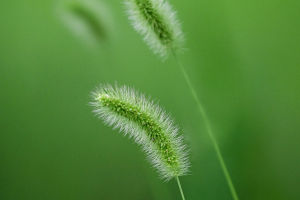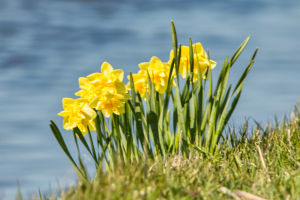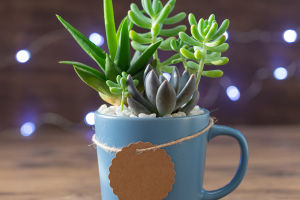Lantana
Lantana camara, commonly known as lantana or wild sage, is a versatile and resilient plant species with distinctive growth characteristics that make it both popular and problematic in various regions of the world.
Native to tropical regions of Central and South America, lantana has been introduced to many other parts of the world due to its ornamental value and ability to thrive in diverse environmental conditions.
In this essay, we will explore the growth characteristics of Lantana camara, including its morphology, reproductive strategies, ecological impacts, and management considerations.
First and foremost, Lantana Camara is known for its prolific growth habit and ability to spread rapidly. A perennial shrub can grow up to 2 meters in height, forming dense thickets that crowd out native vegetation.
The stems are square-shaped and woody, with serrated leaves arranged opposite each other along the stem. Lantana exhibits various leaf colors, including green, yellow, orange, red, and purple, making it a popular choice for ornamental gardens and landscaping projects.
One of the most remarkable characteristics of Lantana camara is its colorful flower clusters, composed of numerous small tubular flowers arranged in tight clusters known as umbels.
These flowers come in various colors, including pink, yellow, orange, and purple, and often change color as they age. This unique trait adds to the plant's aesthetic appeal and makes it a favorite among gardeners and horticulturists.
Reproductively, Lantana Camara employs a combination of sexual and asexual strategies to ensure its survival and spread. It produces small fruits containing one to four seeds, dispersed by birds and other animals that consume the fleshy berries.
Lantana can reproduce vegetatively through stem fragmentation, allowing it to colonize new areas and outcompete native vegetation quickly.
While Lantana camara is prized for its ornamental value, it also poses significant ecological challenges in many regions where it has been introduced.
Due to its aggressive growth habit and ability to form dense thickets, lantana can outcompete native plant species, reducing biodiversity and altering ecosystem dynamics. Its toxic foliage makes it unpalatable to many herbivores, further exacerbating its adverse impacts on native ecosystems.
Managing Lantana Camara requires a multifaceted approach that combines mechanical, chemical, and biological control methods. Mechanical methods such as manual removal and mowing can be adequate for small infestations but may not be practical for larger areas.
Chemical control methods, including herbicide applications, can selectively target lantana while minimizing harm to non-target species. Biological control agents such as insects and pathogens have also been introduced in some areas to help control lantana populations, with varying degrees of success.
Lantana camara is a fascinating plant species with unique growth characteristics that have made it both beloved and problematic in various parts of the world. Its colorful flowers, rapid growth, and ability to thrive in diverse environments make it a popular choice for ornamental gardens. Still, its aggressive spread and ecological impacts warrant careful management and control efforts.
By understanding the growth characteristics of Lantana Camara and implementing effective management strategies, we can mitigate its negative impacts and preserve native ecosystems for future generations.


